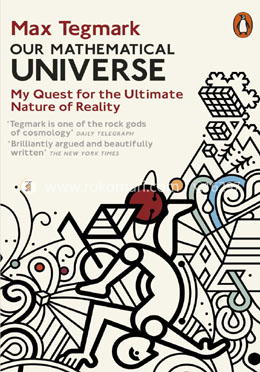
After inflation ends the expansion of space slows to roughly the present rate, gravity having coalesced matter into the familiar stars and planets we observe in space. The explosion, now called inflation, is a solution to Einstein's theory of gravity in which a subatomic blob of non-diluting substance (dark matter might have this property) can double its size at regular time intervals while keeping its density constant. Our observable universe is the result of an explosion, the big bang, some 13.7bn years ago.

Close to his heart is an extreme Pythagorean/Platonic thesis: physical reality is ultimately nothing other than a giant mathematical totality.

His book seeks to induct the reader into a wildly speculative cosmic vision of infinite time and space and infinite parallel universes. M ax Tegmark's doorstopper of a book takes aim at three great puzzles: how large is reality? What is everything made of? Why is our universe the way it is? Tegmark, a professor of physics at MIT, writes at the cutting edge of cosmology and quantum theory in friendly and relaxed prose, full of entertaining anecdotes and down-to-earth analogies.


 0 kommentar(er)
0 kommentar(er)
